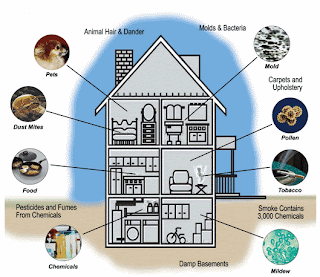Locavore-ism rather than Vegetarianism to Prevent Global Warming
 Most people may get the
wrong idea about being a vegetarian. Some says that vegetarianism helps global
warming by reducing the number of plants that provide oxygen. However, some
people say that being a vegetarian can effectively prevent global warming. Actually
none of those statements is wrong. What makes a difference is the proportion of
the benefits and the harm that it might result.
Most people may get the
wrong idea about being a vegetarian. Some says that vegetarianism helps global
warming by reducing the number of plants that provide oxygen. However, some
people say that being a vegetarian can effectively prevent global warming. Actually
none of those statements is wrong. What makes a difference is the proportion of
the benefits and the harm that it might result.
Being a vegetarian
means increasing the demand of vegetables consumptions. It also means that
there will be less plant that can provide oxygen and reduce greenhouse gases.
In addition, in terms of health, it is confirmed that humans’ body need essential
elements from animal. On the other hand, according to World Resources
Institute, more than half of all the grains grown in America go to feed
animals, not people. The raising of cattle is very energy intensive. Yet, that
is not the main reason why people being vegetarian to prevent global warming.
It is because the emitted gases from ruminants’ digestion process contribute to
the greenhouse effect. Methane and nitrous oxide that was emitted from the
burping and flatulence of ruminants can trap the heat more powerfully than the
carbon dioxide does.
Hence, in order to
maintain the balance of essential and non-essential elements in our body while
preventing global warming, being either a vegetarian or an extreme consumer of
meat will not be the best way. Being a locavore may help us to find the
“balance”. The idea of locavore is about consuming local products or being a
seasonal vegetarian. Locavores eat certain types of fruit and vegetable which
comes to the season and limit their consumption of meet. When the season ends,
they get back to their regular diet.
Since locavores mostly
get their needs locally, they directly reduce the pollution in water, air, and
soil that may occur from the food distribution such as shipping process.
Finally, locavore-ism also benefits local people by supporting small businesses
in the local area.





